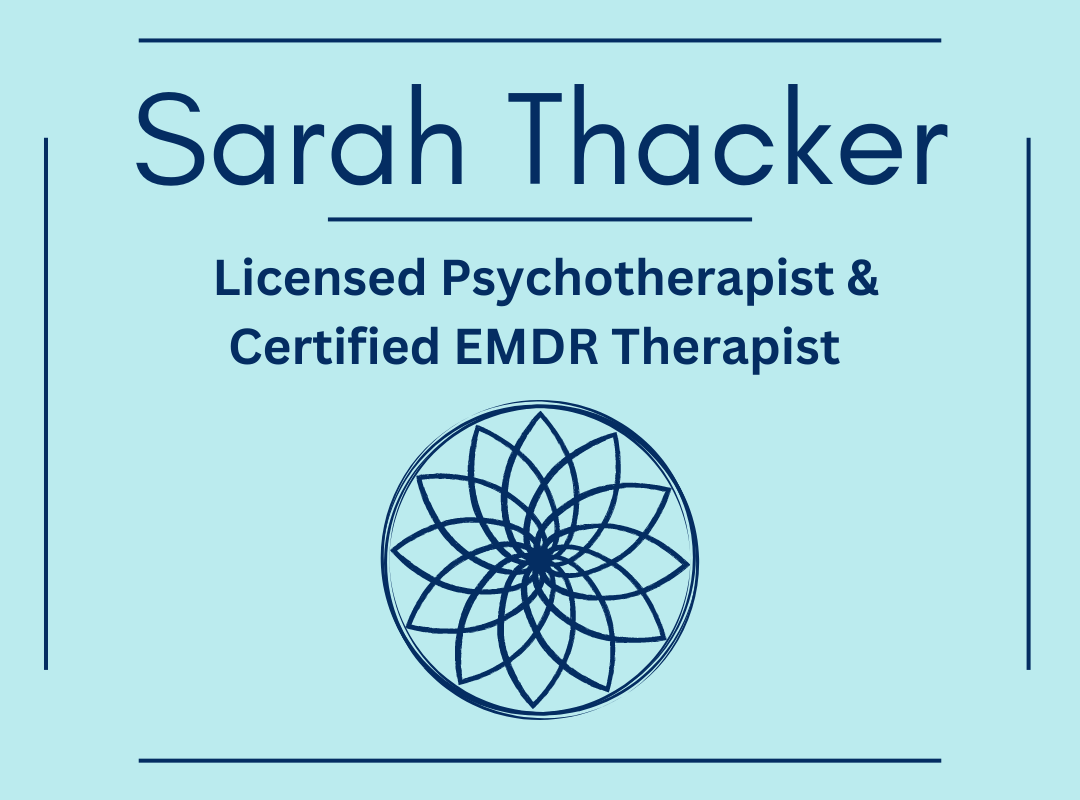When you are working to heal emotional eating, having a personalized approach is most effective. The three step cravings protocol that I recommend, Pause, Reflect, Release, is helpful for most as a guideline. However, what you do within each phase will help you make it your own. When you have a personalized approach, it feels more authentic and doable and is far more likely to be sustainable.
When you find the tools that work for you, you want to practice them consistently. Awareness builds with effort and consistency. Self-awareness will continue to grow as you become more and more comfortable understanding and accepting your internal emotional world. I emphasize the acceptance process as it is absolutely vital to healing. When you understand the inner workings of your own mind, you create a tremendous capacity to heal, grow and accept yourself and others without judgment.
As you continue to more effectively manage your emotional food cravings, you create a sense of mastery which inevitably increases your experience of internal emotional comfort. When you no longer fear your feelings but instead understand, embrace and deeply accept them, you are essentially understanding, embracing and deeply accepting yourself.
The process of making peace with food is the process of making peace with yourself. With emotional, stress and disordered eating, it is never actually about the food, it is more about a limited acceptance of yourself and a limited ability to connect with yourself in a meaningful way. When you place conditions in order to accept yourself completely, you leave yourself open to creating negative cognitions about yourself such as feeling not good enough, inadequate or as though you have to be perfect.
These negative cognitions are not useful, generally untrue and hold you back from knowing yourself and caring for yourself. When you are not caring for yourself and believing the negative cognitions as if they are true, you will most likely lack motivation. As you become more emotionally aware you build confidence, you are able to believe in yourself and your capability to feel strong and healthy. Releasing the old negative cognitions and subsequent thought patterns is essential.
As you work with your own personal emotional cravings protocol, you will feel empowered in the moment, you get to choose how to manage a specific emotional craving. As you build your determination to use your protocol consistently, you will strengthen your mindset and make the best choice possible in the moment.
When you think about the three specific steps, Pause, Reflect, Release and creating a personalized protocol that works for you, it is helpful to know the specific element of each that you find to be useful.
Within the Pause phase, what helps you Pause? Do you prefer to set a timer for 1-5 minutes in the moment of awareness that you are mindlessly or emotionally eating? What is helpful next? Have a glass of water and wait for the timer to go off? Do a deep breathing exercise? Determining the specifics of your pause that work for you will help you personalize each step into a useful, actionable tool for managing your food cravings. Once you establish the technique that works best for you, use it consistently in order to effectively utilize the Pause phase.
During the Reflection phase, what works most effectively for you to Reflect on your emotional experience? What proactive element can you incorporate to make this Reflection time useful and effective? Is it helpful for you to talk about your emotion? Do you prefer to write in a journal? Does taking a walk and pondering your emotions help? Do you need to take some space away from the emotion first and practice mindfulness or relaxation and then take time to reflect?
Find what reflective process works for you and helps you identify the why behind your emotion. Once you Reflect you can take time to make a choice on how to respond to the specific emotion. If something needs to be done, decide when you will take action on it.
As you move into the Release phase, determine what helps you Release and let go of emotions that are no longer serving you. Does deep breathing help you? You can breathe in and imagine peace and contentment flowing in, and breathe out, imagining all that is not serving you mentally, emotionally and physically releasing. Does journaling support your releasing process? Does mindfulness and/or visualization help?
To visualize the Release, you can imagine your emotions on a cloud—drifting away in the sky—or your emotions releasing with the imagery of leaves floating past you on a river. Whatever helps you internalize the experience of letting go, that is what will be most effective for you to do during this phase of Release.
Take time to write down your process and know it may be different for different emotional experiences. Write down what you will do to create a personalized Pause, Reflect and Release. Have these steps nearby so you can access them in times that it may not initially come naturally for you. The rest is practice and time, time and practice. Practice is the only way to integrate the process and make it work for you within your life.
Did you come up with a creative Pause Reflect and Release? Let me know! I’d love to hear how you are implementing these tools. How are they working for you? Need support? Know that I am here to help support you along your journey to making peace with food as well as with yourself.


